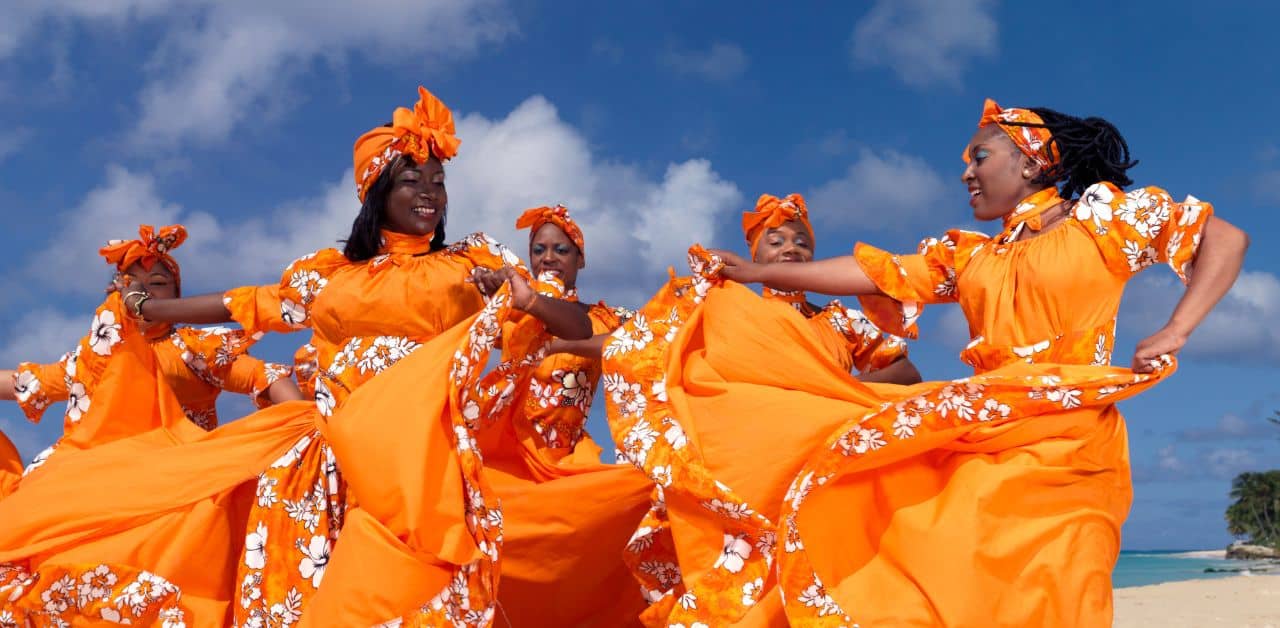Original content owned & copyrighted by Green Global Travel.
There are essentially two types of tourists who visit the Caribbean, the 2,500-mile-long chain of more than 7,000 islands, islets, reefs, and cays scattered across the Caribbean Sea.
There are those merely searching for the soothing relaxation of sandy beaches between their toes, strong drinks in their hands, and sunny skies above their heads.
And then there are the ambitious explorers looking to soak up a diverse palette of Caribbean culture stretching back hundreds of years to the Amerindian group once known as the Caribs (now called the Kalinago people).
The islands of the Caribbean are occasionally referred to as the West Indies, due to Christopher Columbus’ belief that he had landed in Asia (rather than the Americas).
They’re classified as one of Conservation International’s biodiversity hotspots because they support remarkably different ecosystems ranging from cloud forests to cactus scrublands.
But equally impressive are the vast cultural differences among the islands, with people, customs, and cultural festivals bearing a broad variety of influences ranging from African, Spanish, and Portuguese to British, French, and Dutch.
From Caribbean music and dance to art, cuisine, and fashion, the culture of the Caribbean islands has had a dynamic impact on modern popular culture around the world.
Read on for an array of fascinating facts about Caribbean culture and history, including an overview of the rich cultural traditions that make each of these Caribbean islands unique.
READ MORE: 10 Great Destinations For Luxury Caribbean Vacations
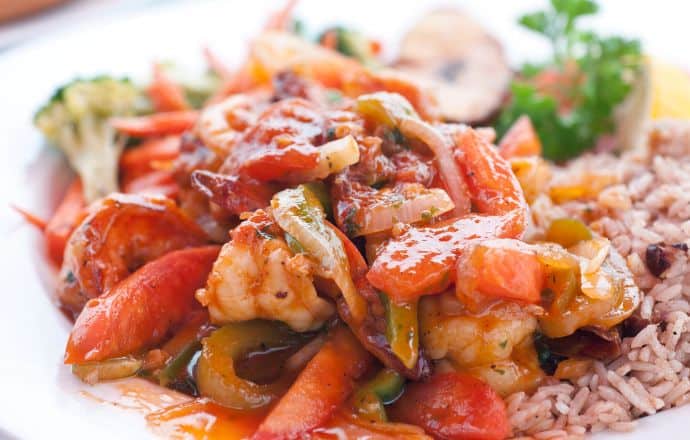
Caribbean Culture & History Guide
- Aruba
- The Bahamas
- Cayman Islands
- Dominican Republic
- Haiti
- Jamaica
- Puerto Rico
- St. Maarten/St. Martin
- Turks & Caicos
- U.S. Virgin Islands
READ MORE: The 20 Best Caribbean Islands to Visit (For Nature Lovers)
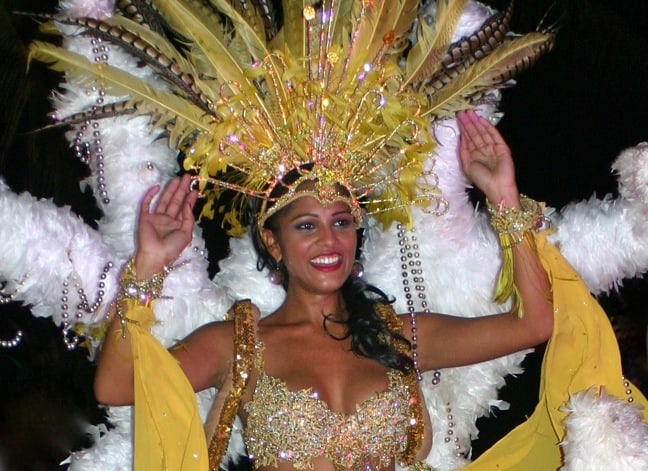
ARUBA
1. Part of the Kingdom of the Netherlands, Aruba’s original inhabitants were members of the Arawak tribe, who migrated from Venezuela to escape the attacking Caribs.
2. Due to the distance from other islands and strong currents that made canoe travel difficult, Aruba remained more tied to South America than the Caribbean.
3. Under Dutch administration since 1647, the island gained independence in 1986. But its Dutch cultural traditions can still be felt on national holidays such as Sinterklaas Day (Dec 5-6).
4. The annual Carnival Celebration in Aruba is equally important, stretching from the beginning of January through the Tuesday before Ash Wednesday, with a large parade on the last Sunday.
READ MORE: The 20 Best Things to Do in Aruba (For Nature Lovers)
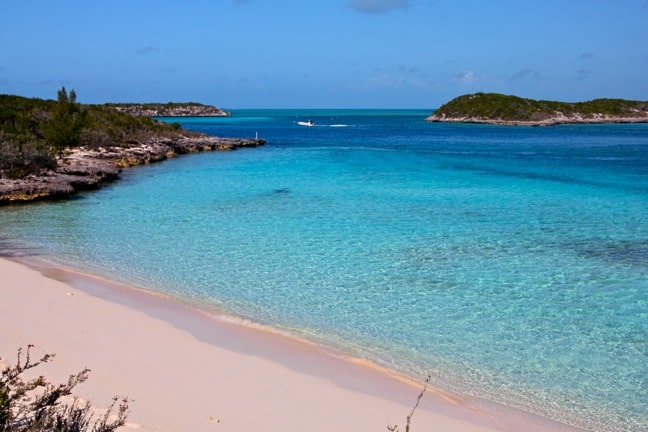
THE BAHAMAS
5. The seafaring Taîno people moved into the southern Bahamas from Hispaniola and Cuba 800+ years before Christopher Columbus’ arrival in 1492. But they were enslaved and eliminated long before English settlers arrived in 1647.
6. The British made the Bahamian islands self-governing in 1964 and independent in 1973, but they retain membership in the Commonwealth of Nations.
7. Bahamian culture is a hybrid of West African and European influences, with the costume-filled street parade known as Junkanoo (which was featured in the James Bond film, Thunderball) its biggest cultural festival.
8. Regattas, rugby, and religion are also very popular in the Bahamas, with a high rate of churches per person.
READ MORE: The Top 10 Things to Do in the Bahamas (For Nature Lovers)
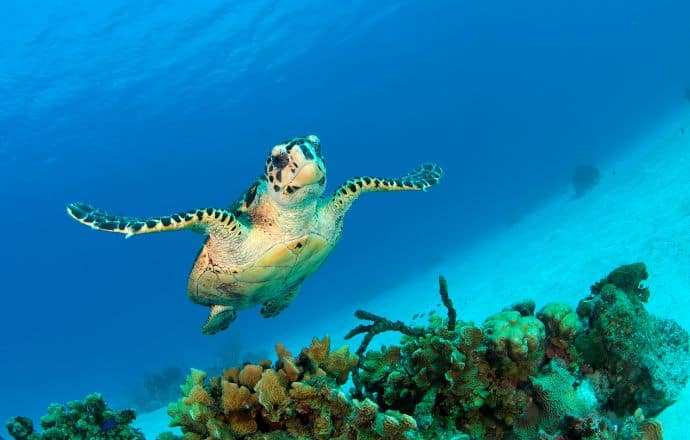
CAYMAN ISLANDS
9. Originally named Las Tortugas (for the sea turtles there) by Christopher Columbus during his final trip to the New World, the Cayman Islands were given their current name by explorer Sir Francis Drake after the Taíno term for Crocodile (Caiman).
10. The Cayman Islands were governed as a single colony with Jamaica until 1962, when they became a separate British Overseas Territory.
11. Made up of Grand Cayman, Cayman Brac, and Little Cayman Islands, the archipelago’s population of around 45,000 people is made up of approximately 60% mixed race Afro-Europeans, with tourism and banking providing the Caribbean’s highest standard of living.
READ MORE: The 30 Best Exotic Islands in the World to Visit
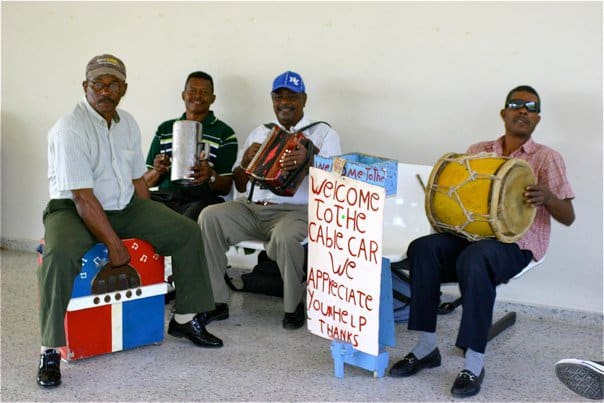
DOMINICAN REPUBLIC
12. With the longest historical record of any country in the Western Hemisphere (over 500 years), the Dominican Republic is the site of the first permanent European settlement in the Americas, with Santo Domingo the first colonial capital.
13. Sharing a border on the island of Hispaniola with Haiti, Dominican culture is a rich tapestry of Spanish, French, Taíno and African influences.
14. Musically, the area is known as the birthplace of Merengue, as well as the romantic musical/dance style known as Bachata.
15. The DR is also a wellspring of baseball talent, producing major league legends such as David Ortiz, Albert Pujols, Pedro Martinez, Manny Ramirez, and Sammy Sosa.
READ MORE: Dominican Republic Outdoor Adventures in Cabarete, Puerto Plata & Sosua
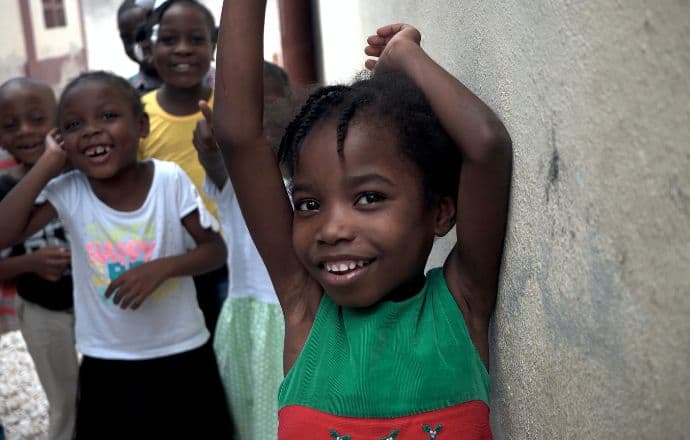
HAITI
16. A former French colony, Haiti was the first independent black republic and the only nation ever to form from a successful slave rebellion.
17. Haiti was also the first country in Latin America to declare its independence, on January 1, 1804.
18. A primarily Roman Catholic nation, Haiti’s culture is a mixture of African and French influences, but its proximity to the Dominican Republic also brings Spanish and Taíno influences.
19. Though known for its distinctively colorful art, Haiti is most celebrated for its jubilant music, including the vibrant style known as Kompa, Salsa, Soca, and a French-influenced fusion called Zouk music.
READ MORE: Caribbean & Latin American Art History & Travel Guide
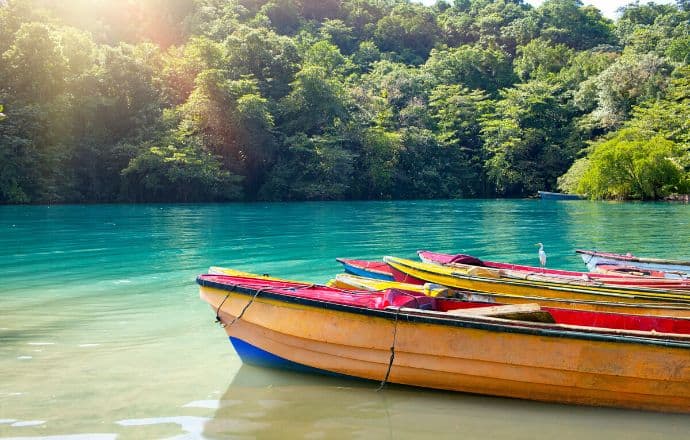
JAMAICA
20. Originally claimed for Spain after Columbus first landed there in 1494, Jamaica came under British rule in 1655.
21. Descendants of African slaves used in the sugar trade now make up a substantial portion of the island’s 2.8 million inhabitants.
22. The third largest of the Caribbean islands, Jamaica is divided into 14 parishes, with the inland Blue Mountains surrounded by a narrow coastal plain. Montego Bay, Negril, and Ocho Rios are all popular tourist towns.
23. Much of the island’s culture centers around its music scene, with Jamaican music genres such as reggae, dancehall, and dub music playing a major role in the birth and evolution of hip-hop.
24. Sports such as cricket and football (a.k.a. soccer) are immensely popular in Jamaica as well.
READ MORE: The Top 20 Things to do in Jamaica for Nature Lovers
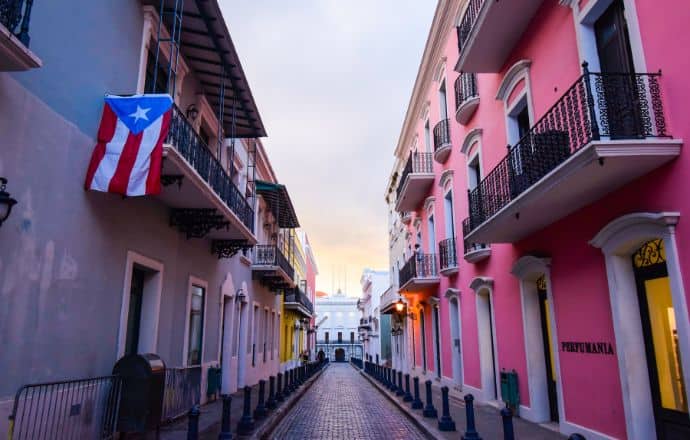
PUERTO RICO
25. Taíno culture remained dominant in Puerto Rico for over 700 years until the island was colonized by Spain under the governorship of conquistador Juan Ponce de León.
26. The El Castillo San Felipe del Morro and El Castillo de San Cristóbal forts were built to protect San Juan from English, Dutch, and French attacks. But the island was given to the U.S. under the Treaty of Paris after the Spanish-American War.
27. Puerto Rican culture is a mixture of African, Amerindian, Spanish, and North American influences, with popular music and dance styles including Bomba, Latin Jazz, Merengue, Plena, Reggaetón, and Salsa.
28. Baseball and boxing are among the most popular sports in Puerto Rico, which has produced iconic athletes such as Félix Trinidad, Héctor Camacho, Roberto Clemente, Iván Rodríguez, and Roberto Alomar.
READ MORE: The 20 Best Small Ship Cruises for Your World Travel Bucket List

ST. MAARTEN/ST. MARTIN
29. Discovered by Christopher Columbus in 1493, this island was the subject of the “80 Years’ War” between Spain and the Netherlands in the 1600s.
30. By the time the Spaniards relinquished control to the Dutch, the French had already established a settlement on the island, and the 1648 Treaty of Concordia peacefully divided the land between the two nations.
31. Dutch St. Maarten boasts a remarkable cultural diversity, with an estimated 77 different nationalities represented among its 44,000 residents.
32. The French St. Martin (population 40,000) is widely considered to be the culinary capital of the Caribbean, with a diverse cornucopia of rich gastronomic influences.
READ MORE: Traditional Food Around the World: 30 Famous Dishes You Can Make at Home

TURKS & CAICOS
33. Originally populated by the Carib Amerindians, the islands of the Turks and Caicos were a popular hideout for pirates at the turn of the 18th century.
34. The islands were eventually annexed by Britain in 1799 as part of the Bahamas.
35. Made a separate colony in 1959, the islands (only eight of which are inhabited) officially gained independence in 1973, but they remain a British overseas territory.
36. With less than 33,000 residents spread across eight inhabited islands, Turks & Caicos is among the smaller nations in the Caribbean, which may explain why celebrities such as Bruce Willis and Gene Simmons have bought property here.
READ MORE: The 20 Best Festivals in the World
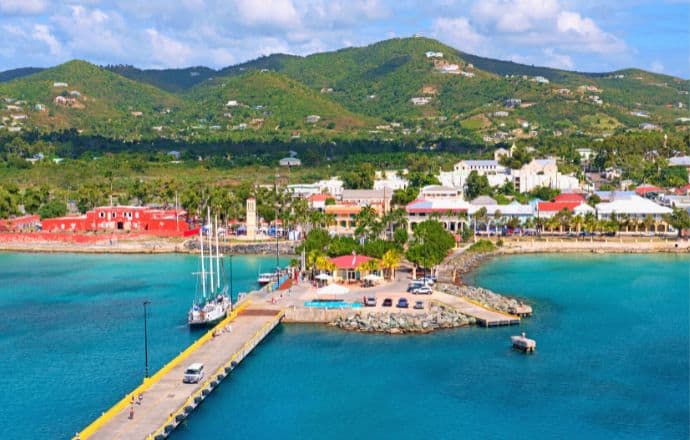
U.S. VIRGIN ISLANDS
37. Consisting of St. Croix, St. John, St. Thomas and many surrounding smaller islands, the Virgin Islands were settled by the Carib and Arawak tribes before Columbus arrived in 1493.
38. Over the next 300 years, the islands changed hands among European powers numerous times, including Britain, France, the Netherlands, and Spain.
39. Sold by Denmark in 1917 for $25 million, the Virgin Islands is the only part of the United States where traffic always drives on the left.
40. Festivals in the Virgin Islands have a decidedly tropical flair, with calypso, reggae, soca and salsa played in the streets during events such as the Three Kings Day festival on St. Croix and the annual carnival on St. Thomas. –by Bret Love
